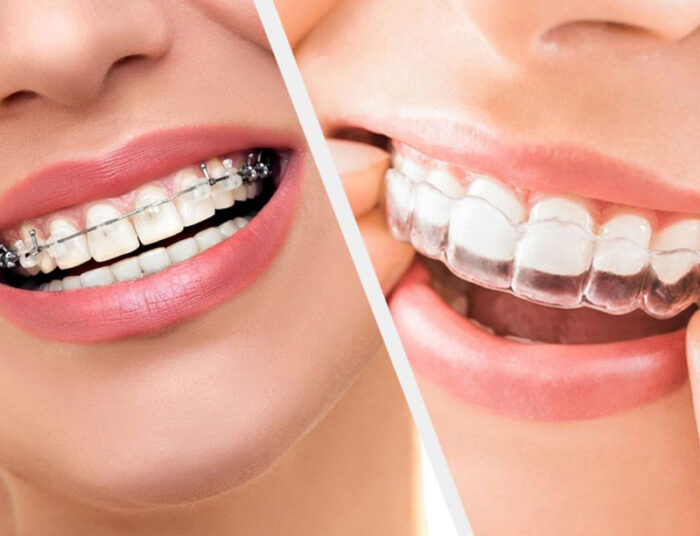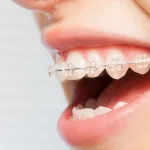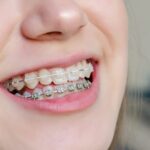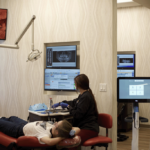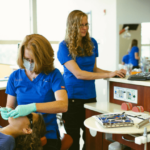Over the past decade, there have been many exciting innovations in orthodontic technology and treatment methods. Orthodontists now have more options than ever before to enhance diagnosis and care, customize treatment plans, and achieve healthy, beautiful smiles more efficiently. This article will provide you an Recent Update On Orthodontists.
Table of Contents
Digital Scanning and 3D Printing
One significant innovation in orthodontics is the transition from traditional impressions to digital intraoral scanning. Handheld wand scanners rapidly capture precise 3D images of the teeth and oral cavity. This allows orthodontists to eliminate old messy impressions and create accurate digital treatment simulations, aligners, retainers, and other appliances with 3D printing technology. Digital scans offer accuracy within a fraction of a millimeter so treatments can be fine-tuned and customized. Scans also instantly integrate diagnostic records seamlessly into practice workflow.
New Clear Aligner Options
Clear aligners like Invisalign have continued to advance and grow in popularity as an alternative to braces. Along with Invisalign, orthodontists now have more aligner brands to choose from like Align Technology’s Invisalign Teen, Invisalign First, and Invisalign Lite options tailored to different patients’ needs. Other companies producing clear aligners include Candid Co., SmileDirectClub, ClearCorrect, and Angelalign. With more aligner options, orthodontists can better match these removable transparent aligners to patients’ unique treatment plans and needs.
Temporary Anchorage Devices (TADs)
Temporary anchorage devices like mini-screws and mini-plates are orthodontic game changers. These small anchors are surgically placed in the jawbone to act as fixed anchorage points for moving teeth. TADs provide orthodontists more control and expand possible treatment options, especially for complex cases. TADs allow teeth to be moved without relying on other teeth for anchorage, enabling better results.
Accelerated Treatment Techniques
New accelerated orthodontic techniques like Propel Orthodontics and AcceleDent vibrational therapy are allowing orthodontists to significantly shorten treatment time. Propel uses small pins or needles to micro-stimulate bone and speed up tooth movement. AcceleDent is a handheld device patients use for 20 minutes daily that gently vibrates the teeth to move them faster. More patients are now able to achieve a perfect smile in less time.
Advanced Orthodontic Materials
Today’s brackets, wires and other orthodontic elements are more comfortable, efficient, and aesthetically pleasing than ever. Nickel-titanium archwires now gently apply light continuous pressure to teeth rather than intermittent heavy force for more controlled movement with less pain. Ceramic and plastic brackets are more stain-resistant than metal. Clear or tooth-colored brackets are less visible. Personalized printed or color-coated brackets are options for added fun and uniqueness.
Retention Innovations
Improving the long-term stability of corrected smiles through retention is a focus for modern orthodontists. Comfortable clear overlay retainers and fixed retainers bonded permanently behind the teeth offer more options. Some orthodontists now embed tiny biosensors into retainers to track compliance wear time digitally via a smartphone app. This helps identify and address any retention issues early on.
Cone Beam CT Imaging
Cone beam CT scanning technology provides detailed 3D images of the skull, jaw, and teeth – improving diagnosis compared to traditional 2D x-rays. This allows for enhanced orthodontic treatment planning tailored to each patient’s unique anatomy and optimal final results. Combining cone beam CT and digital scans fully integrates advanced 3D imaging into the orthodontic process.
Optimized Practice Workflow
New technologies are helping streamline orthodontic practice workflow for maximum efficiency. Digital patient check-in kiosks, text/email reminders, and electronic payment processing reduce front desk bottlenecks. Integrated practice management software centralizes scheduling, billing and records into a paperless system. 3D simulation software and digital case presentation tools improve treatment planning and communication. This smoother workflow benefits both staff and patients.
Lingual Braces
Lingual braces attached to the back of teeth have seen many advances. Customized computer-aided design allows lingual braces to be contoured to perfectly fit each patient’s tooth anatomy for maximum comfort and effectiveness. Lingual braces are now a quality discreet alternative to traditional braces.
Myofunctional Therapy
Some orthodontists now offer myofunctional therapy in conjunction with orthodontic treatment to optimize results and help prevent relapse. Myofunctional therapy involves exercises and techniques to strengthen tongue muscle posture and function. This can address bad oral habits that contribute to orthodontic issues so they are less likely to return.
Robust Retainer Options
Permanent fixed retainers bonded behind the front teeth are increasingly common for ongoing support after active orthodontic treatment. For those who prefer removable options, modern vacuum-formed clear overlay retainers are sleek, resilient, and seamless. Orthodontists also have more choices when it comes to athletic mouthguards, nightguards, and sleep apnea devices to protect and maintain smile investments.
The future of orthodontics is exciting! With advancing technologies like 3D printing, accelerated tooth movement, clear aligners, and digital treatment planning integrated with orthodontic expertise, achieving a healthy, beautiful smile is now faster and more customized than ever before. Patients today can look forward to an enhanced treatment experience and smile outcomes that were not possible just a decade ago. I hope this Recent Update On Orthodontists artical helped you.

Wendy Chu is a board-certified orthodontist and the lead writer for therightorthodontist.com, a comprehensive resource for finding top-rated orthodontists across the USA. With over 10 years of hands-on experience in the field, Wendy combines her expertise in orthodontics with her passion for helping patients connect with the best specialists in their area.
At therightorthodontist.com, Wendy personally ensures that all the addresses and locations of orthodontists featured on the site are accurate and reliable, making it easier for patients to find the care they need. As both an experienced practitioner and a trusted guide, Wendy is dedicated to improving access to quality orthodontic care across the country.
Connect with Wendy on LinkedIn.
